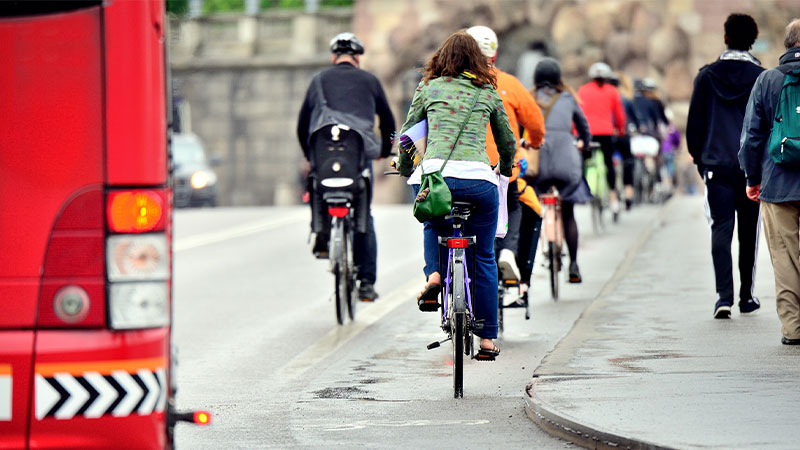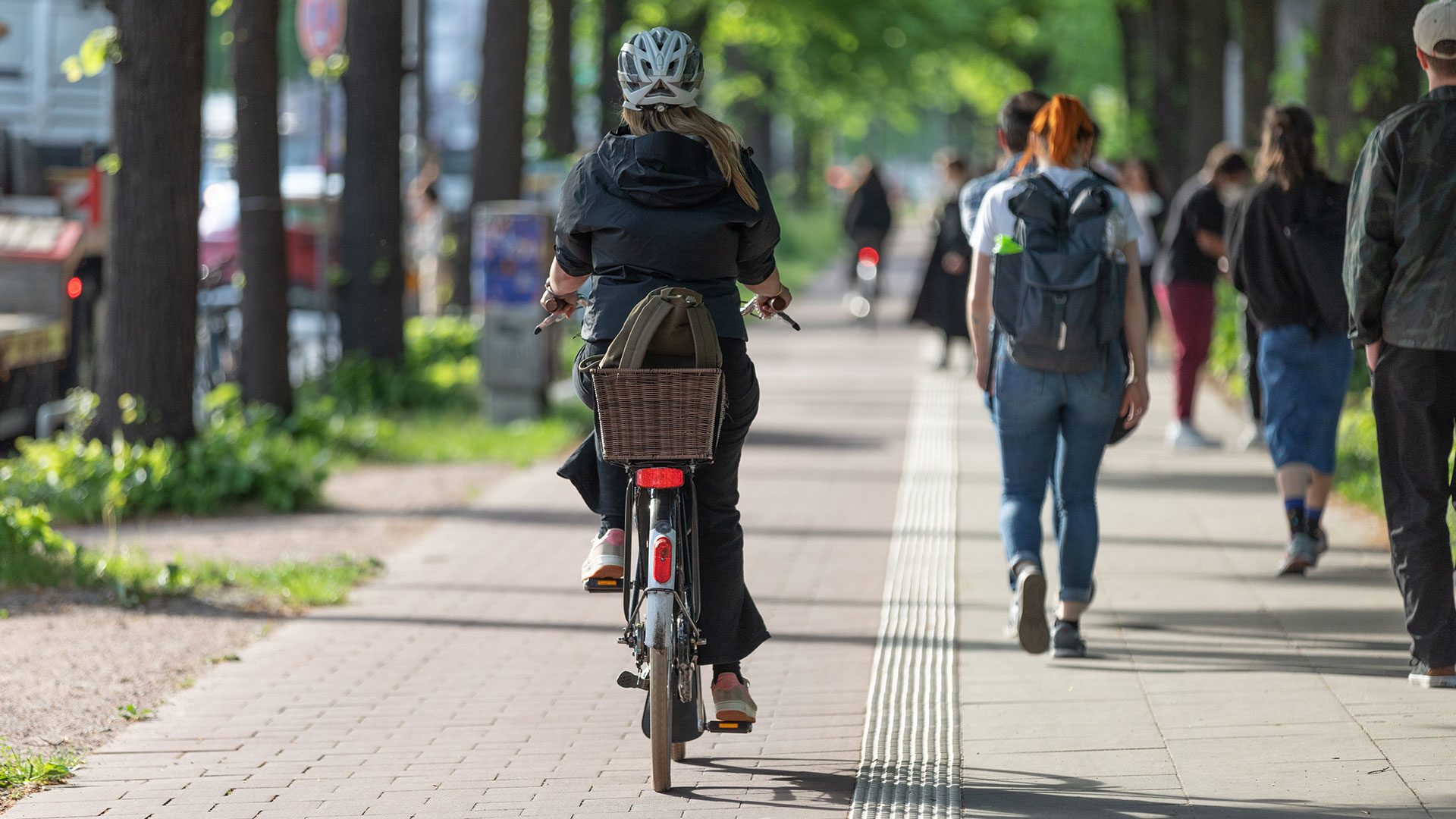20mph Speed limits: balancing safety, sustainability and public opinion

20mph Speed limit policy in Wales
Since Wales introduced its nationwide default 20mph speed limit policy in 2023, it has attracted controversy and is widely perceived as unpopular. So much so that recently, a change in policy has been announced, with many in the media claiming the 20mph policy has been abandoned or reversed entirely. However, this is not strictly true, so what exactly is happening? The BBC reports the following points from the announced change:
- Parts of the legislation are to be reversed, as a result of “consistent concerns” raised by “a lot of people”.
- There is no need to reassess all roads.
- It is expected that most changes reversing the speed limit from 20mph to 30mph will be on strategic routes on A and B roads away from areas that attract frequent pedestrians.
- The Welsh government urges authorities to weigh the pros and cons of raising the speed limit, taking into account factors including distance from amenities, the impact on bus routes, and housing density in the area.
- From September, highways authorities will be able to assess speed limits on roads where a change is considered appropriate.
- Local authorities will soon be invited to submit bids for funding to be able to make speed limit changes in line with the new guidance, with an additional £5m made available for this financial year.
- The government remains keen to capture the benefits of reducing speed limits to 20mph.
So, what are the benefits of 20mph limits? And are there drawbacks?
Given the controversy of this policy, why is the Welsh government determined to stick with it? It is important to examine exactly what we know about the impacts, and what benefits might be gained from this policy.
Road safety benefits
The impact on road casualties is known to be the largest benefit of 20mph limits, with one review commissioned for the Welsh government reviewing 29 studies on impacts of 20mph speed limits finding “moderate to strong” evidence of casualty reduction. Examples include statistics from Transport for London, finding a drop in casualties of vulnerable road users of 36%, and a recent 2022 study examining the impact of 20mph speed limits in Edinburgh, which found road deaths were cut by 25% and serious injuries were cut by one third. In 2017, the WHO declared that 20mph is the most appropriate speed where motorised traffic meets with vulnerable road users such as cyclists and pedestrians. Moreover, research and analysishttps://www.trl.co.uk/uploads/trl/documents/TRL421.pdf has demonstrated that on lower speed urban roads, a 1mph fall in average traffic speeds is associated with a 6% fall in collisions. While a significant reduction in road casualties is very likely in Wales, it will take several years to clearly see the impact.
A 33% reduction in the speed limit = a 33% increase in journey times?
It is often claimed that reducing the speed limit from 30 to 20 will result in a 1/3rd increase in journey times but this is not true, as drivers do not achieve an average speed of 30mph across their journey in the first place, as urban driving entails dealing with junctions, congestion, obstructions in the road with typical journeys in built up areas often averaging close to 20mph or even less, even without 20mph limits in place. The Department for Transport estimates a 3-5% increase in journey times in built up areas based on research of existing 20mph streets, while a study in Bristol found no significant change in journey times. The Welsh government analysis of trial 20mph limit areas found a one-minute increase per journey on average, with a 2-minute addition in exceptional cases.
Active travel:
do 20mph limits encourage people to switch to sustainable modes such as walking and cycling?

Road safety is also a key issue that is connected to sustainability, as safer environments for vulnerable road users are necessary to encourage modal shift to active travel. In a study of Bristol City in 2012, it was found that walking increased 10-36% and cycling 4-37% on streets where a 20mph speed limit was introduced. Furthermore, a photo survey study looking to understand what environments people felt were safer for cycling found that segregated cycle lanes were preferred, but where this wasn’t an option, streets with lower traffic volumes and lower posted speed limits were preferred the most. This is useful in understanding how to encourage active travel in areas where widespread introduction of cycle lanes may be difficult or unaffordable over the short-term, with 20mph limits offering an effective, quick and low-cost alternative for encouraging change over large areas.
Environment – impacts on air pollution
Air pollution improvements have also been found, though these tend to be small or insignificant, although it can also be said that there has been no evidence of any pollution increase from reduced speed limits. Further research would help to clarify the impacts, though it is well-established that calmer driving styles (gentler acceleration and braking) can have a significant impact on air pollution from cars, with NICE recommending lower speed limits as a way to encourage this. Additionally, the indirect impacts on pollution and sustainability of getting people to walk and cycle instead of driving may also be significant in the long-term particularly where combined with other sustainable transport policies.Given these benefits, it can be argued that 20mph speed limits can be an effective sustainable transport policy if implemented in the right way, bringing synergies in improvements across health, social and environmental categories. Of course, to create lasting and transformative change towards safety, livability and sustainability an integrated suite of transport policies is essential.
Our experts are happy to assist you
Experts team Sustainable development
Transport strategy, research & economics
Discover our expertise in transport research and evaluation, developing citywide mobility strategies and Dutch heritage in active travel delivery.
